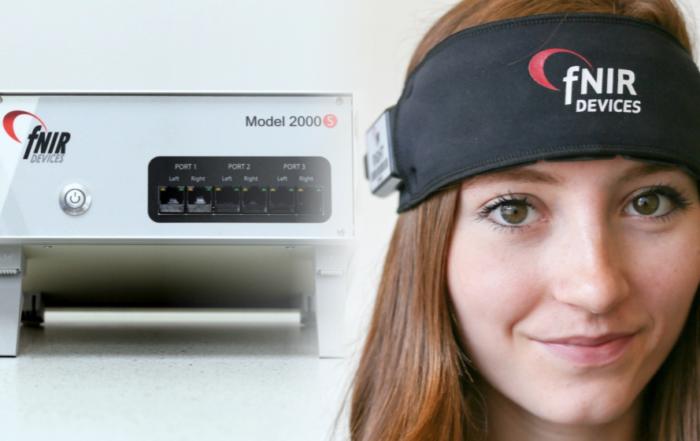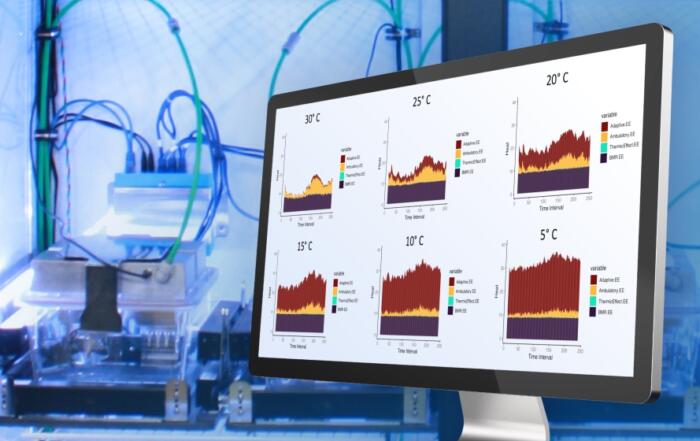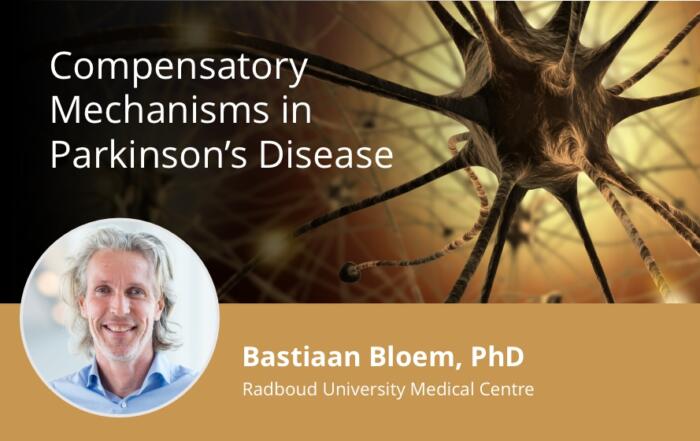A thorough examination of how recording physiological signals can be made easy through proper instrumentation selection, experimental planning, and data analysis strategy.
Performing a dyadic experiment is more complex and requires more planning than research with single participants. This would apply to a wide range of applications including child-parent, doctor-patient, partner-to-partner interactions, and more.
In the first of a two-part webinar, Frazer Findlay and Alex Dimov examined dyadic experiments. They covered why equipment should be unobtrusive, the importance of tightly synchronized data, and reviewed how to select the right equipment based on your experimental objective.
Key Topics Include:
- How to synchronize data from two participants
- Recording options including ECG, EDA, EEG, fNIRS, Video
- Collaborative virtual environments
- Data analysis techniques
- Practical tips, including advice on working with children
- Get great ideas about your research
- Categories: Human Physiology, Neuroscience
- Tags: brain imaging, cognitive neuroscience, ECG, EDA, EEG, experimental design, fNIR spectroscopy, fNIRS, human physiology, neural activity, Neurofeedback, Neuroimaging
Presenters
Frazer Findlay
CEO
BIOPAC Systems, Inc
Frazer Findlay is CEO of BIOPAC and has more than 25 years’ experience in life science data acquisition and analysis. Frazer is a well-regarded expert in the physiology monitoring industry and has facilitated workshops around the world. He is familiar with a variety of software, equipment, and laboratory protocols for a wide array of signals and measurements.
Alex Dimov
European Sales Manager & fNIR Expert
BIOPAC Systems, Inc
Alex Dimov (BIOPAC Systems, Inc.) has been teaching workshops on the topic of physiological data acquisition and analysis for nearly 15 years. While at UC Santa Barbara he was an instructor for The Advanced Training Institute for Virtual Reality in Social Psychology. He joined BIOPAC as an application specialist and now oversees European Sales for BIOPAC.
Webinar Host
Additional Content From BIOPAC Systems Inc.
One Tool for Stimulus Presentation, Eye Tracking & Physiology Data
Experts discuss how to synchronize eye-tracking equipment with stimulus presentation, and physiological data.
Multiparticipant or Large Groups | Recording from Multiple Participants Part II
Experts discuss multiparticipant or large group experiments, highlighting how to set up participants, optimize workflow, and synchronize data.
Multimodal Workload Measurements – Combining fNIRS, ECG/HRV, Eye Tracking, & Stimulus Presentation
During this webinar, Alex Dimov and Frazer Findlay walk you through all the steps of creating and analyzing multimodal experiments.
Related Content
Clambake: An Algorithm to Decode Energy Expenditure Data from Metabolic Cages
In this webinar, Dr. Jonathan Brestoff discusses his research on metabolism and a new method to quantify metabolic data known as Clambake.
Updates in Chronic Traumatic Encephalopathy (CTE)
Dr. Ann McKee will describe the emergence of chronic traumatic encephalopathy (CTE) as a distinct disease over the past 20 years.
Compensatory Mechanisms in Parkinson’s Disease
Bas Bloem, MD reviews compensatory mechanisms, including cerebral plasticity and behavioral adaptation, in persons with Parkinson's disease.








